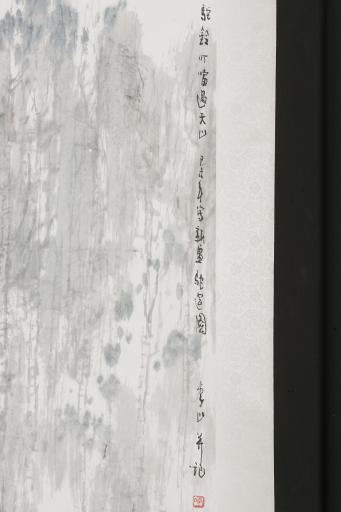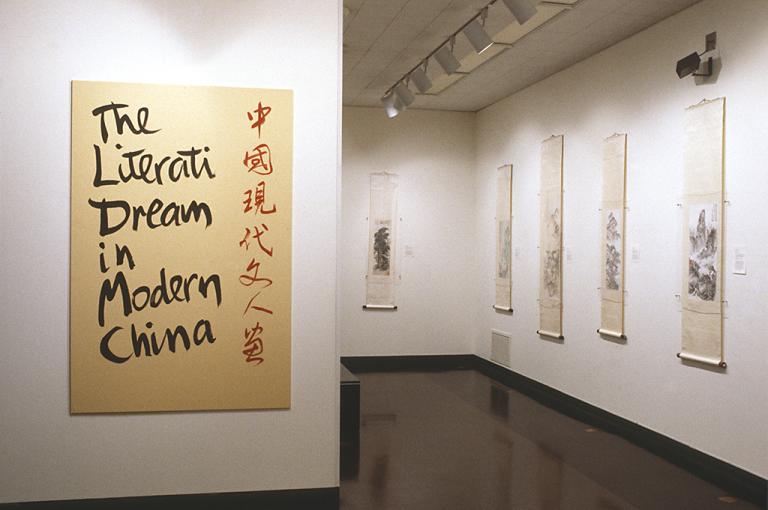Camel Riders on Tianshan, Li Shan
Artwork Overview
Li Shan, artist
1926–2019
Camel Riders on Tianshan,
1979
Where object was made: China
Material/technique: ink; color; paper
Dimensions:
Image Dimensions Height/Width (Height x Width): 94.4 x 51.9 cm
Image Dimensions Height/Width (Height x Width): 37 3/16 x 20 7/16 in
Mount Dimensions (Height x Width x Depth): 203.2 x 63.5 cm
Mount Dimensions (Height x Width x Depth): 80 x 25 in
Image Dimensions Height/Width (Height x Width): 94.4 x 51.9 cm
Image Dimensions Height/Width (Height x Width): 37 3/16 x 20 7/16 in
Mount Dimensions (Height x Width x Depth): 203.2 x 63.5 cm
Mount Dimensions (Height x Width x Depth): 80 x 25 in
Credit line: Museum purchase
Accession number: 1982.0102
Not on display
If you wish to reproduce this image, please submit an image request









